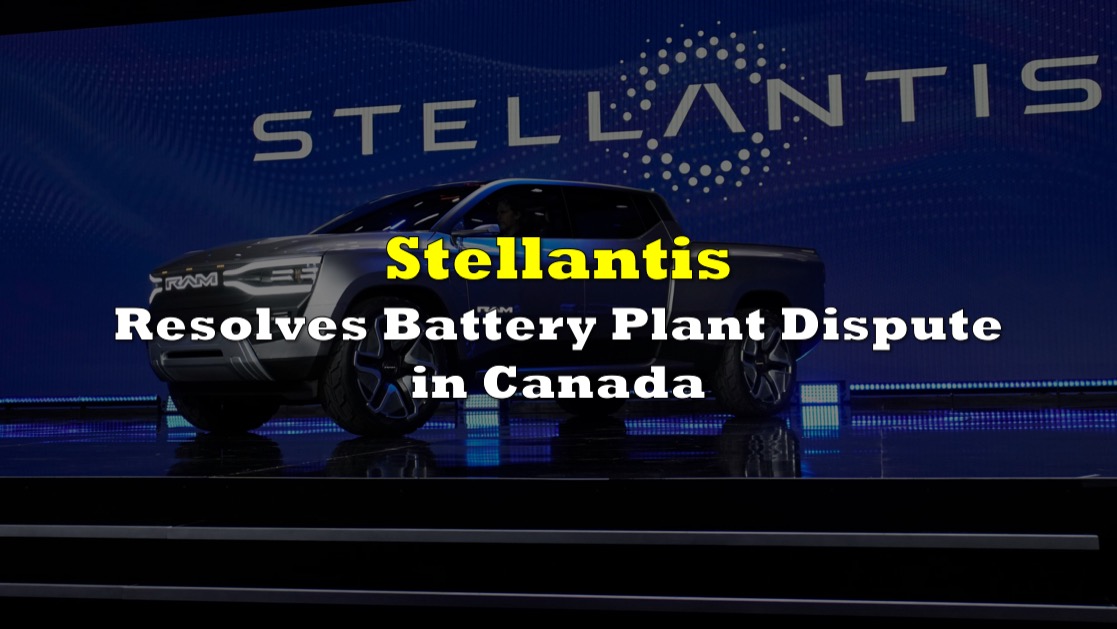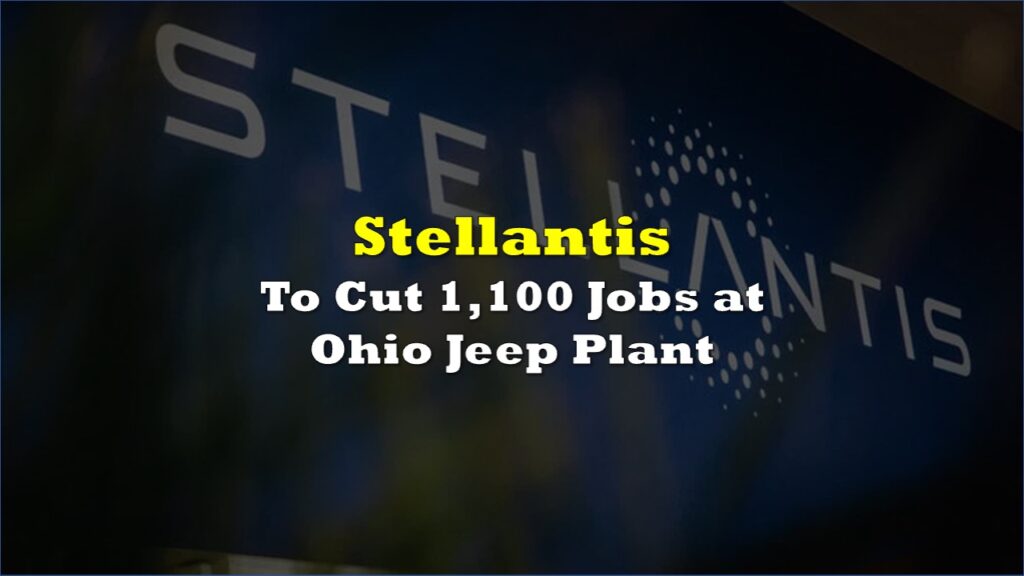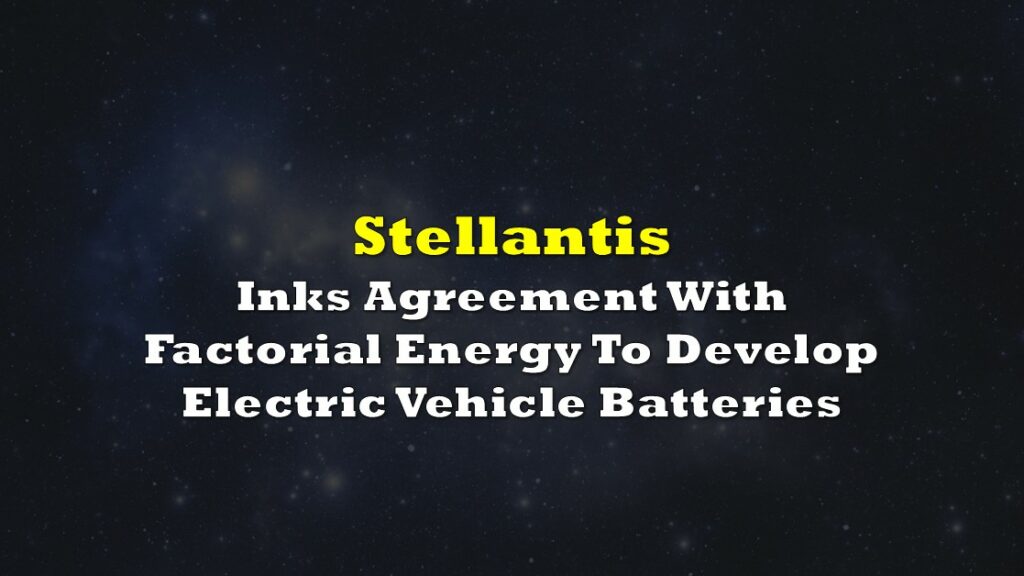Stellantis NV has reached a mutually beneficial agreement with Canada, bringing an end to their prolonged conflict over an electric-vehicle battery plant. The dispute began in May when Stellantis halted construction on the project. However, both parties have now resolved their differences, thanks to increased financial support from the Canadian government.
The battery plant, a joint venture with LG Energy Solution Ltd. of South Korea, will be situated in Windsor, Ontario, conveniently located across the border from Detroit. With an estimated construction cost exceeding $5 billion (US$3.8 billion), the facility is set to become a prominent player in the electric vehicle market.
Unifor, the prominent union representing autoworkers in Canada, has confirmed the successful resolution of the conflict in a statement, highlighting the positive outcome for all parties involved.
The project was initially announced in March 2022, but the passage of the US Inflation Reduction Act, which provided lucrative incentives, complicated the process. Canada had publicly committed to creating a level playing field by matching the subsidies offered by the United States, but negotiations with Stellantis had been protracted.
Recently, a significant obstacle was removed when Ontario Premier Doug Ford pledged that the provincial government would cover one-third of the subsidy costs. While the precise financial terms of the deal have not been disclosed, the overall package is anticipated to be similar to or potentially surpass the agreement reached for a Volkswagen AG battery plant. In that case, the government may allocate over $13 billion in funding over the course of a decade.
According to expert calculations, under the Inflation Reduction Act, the Stellantis plant could be eligible for subsidies of up to $19 billion. However, various factors, such as the project’s announcement predating the availability of US subsidies, may enable Canada to lower the ultimate cost.
During the initial announcement, the federal and provincial governments had committed approximately $1 billion to offset Stellantis’s capital costs. Once completed, the battery plant, with a projected capacity of 45 gigawatt-hours, will generate around 2,500 employment opportunities and supply Stellantis’s assembly plants across North America.
Information for this briefing was found via Bloomberg and the sources mentioned. The author has no securities or affiliations related to this organization. Not a recommendation to buy or sell. Always do additional research and consult a professional before purchasing a security. The author holds no licenses.









